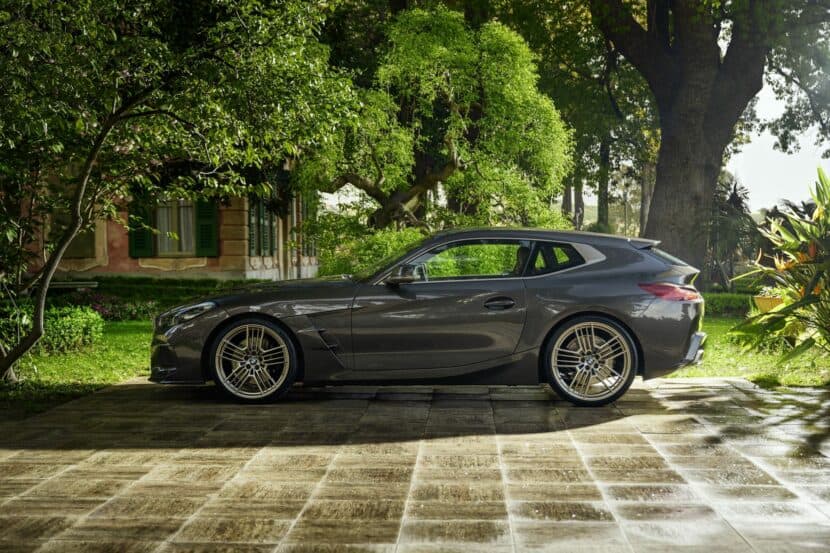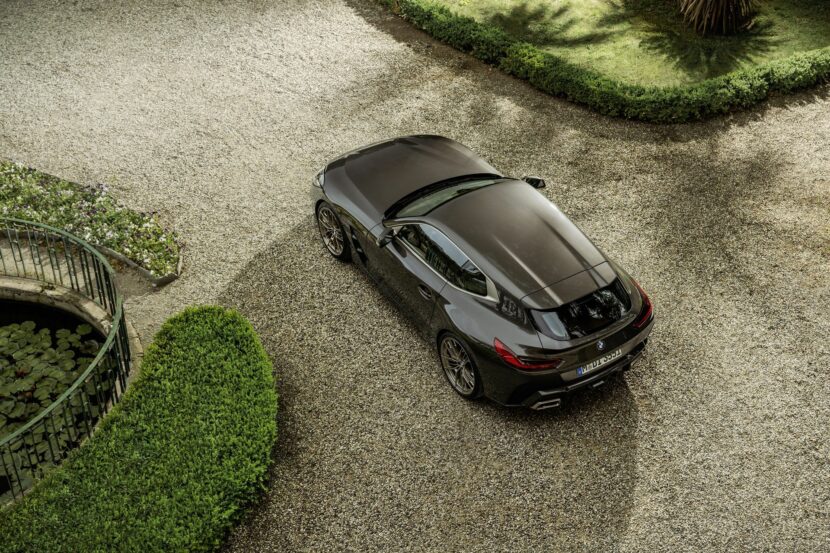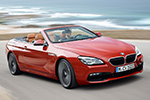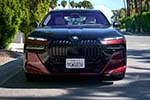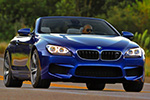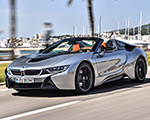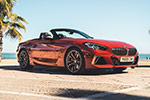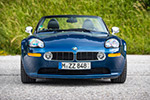BMW stunned the automotive world with the Z4 Concept Touring Coupe — a sleek, coachbuilt shooting brake that seemed destined for production. This article tells the full story of how it was designed, built, and ultimately shelved despite overwhelming fan support.
The Speedtop might be the most recent headline-grabbing shooting brake, but there was another before it. Like the Speedtop, it had enthusiasts frothing. But unlike the Speedtop, this beautiful concept car never got its production run. We’re talking about the Z4 Concept Touring Coupe. While at one point a production run was planned, the stunning heir to the clown shoe throne simply never made it out of the concept stage. And here’s how it made it that far.
Making the Z4 Concept Touring Coupe
Before work got started on the Z4 Concept Touring Coupe, some quick notes about the design. Unlike most concept cars, the Z4 Concept Touring Coupe needed to be completely street legal. Z4 exterior designer Calvin Luk claims that “everything had to be TUV-compliant,” unlike in most concepts, where the rules are a lot looser. That demonstrates, if nothing else, BMW’s seriousness about sending this thing into at least some sort of production cycle. Once the design was fleshed out, a Portimao Blue Z4 M40i roadster was shipped to design house SuperStile in Turin, Italy. You may remember them from the BMW Garmisch reproduction in 2019.
Once SuperStile had the car, the first steps were reasonably straightforward. The car was stripped of its bumpers and most of its body work. Other than hard points like the hood location and windshield frame, almost everything came off. Inside and under the sheet metal, though, is a different story. The electronics, driveline, brakes, and in fact everything from the steering wheel forward remained completely untouched, sealed under a protective covering. The next step was placing the Concept in a metal cage. The cage offered body structure support and facilitated ease of measurement and testing. The panels that made up the Coupe’s exotic shooting brake look were all handmade and precision welded. The 1.5-mm thick aluminum rear three-quarter panels actually use factory mounting equipment. The same attention to detail extended to the roof, which was made of 1mm-thick steel.
Details and Finishing Touches on the Z4 Concept Touring Coupe
After roughly four weeks, most of the body panels were in place, including a rear hatch and side skirts made of carbon fiber. BMW wanted a special interior for the car and reached out to leather shop Poltrona Frau for some fresh hides to trim areas of the dash. More or less, the changes mirrored the differences between full and extended leather packages in production BMW offerings. Like with the Speedtop, matching Schedoni luggage popped right into the car’s trunk. Want more evidence BMW had every intent of producing the Z4 Concept Touring Coupe? They even changed the image that appeared after starting the engine to reflect the coupe body style, rather than the roadster it started life as.
BMW installed the model’s unique seats, and six weeks afterwards the car was sprayed the unique shade of Sparkling Lario. According to BMW’s color and material designer Corona Doring, the “blue glass flakes” in the paint are a “nice complement to the blue of Lake Como,” which of course is where the car debuted. You know the rest — the car debuted as the Z4 Concept Touring Coupe in May. End to end, bringing the the Z4 Concept Touring Coupe to life took just a hair over three months. Despite overwhelming support from two very important figures — engineer (now Motorrad CEO) and fellow Z3 M Coupe enjoyer Markus Flasch and Adrian van Hooydonk — the car’s story ends here.
Now that you know most of the story, don’t you want to see the pictures? We pulled this tale from the pages of Steve Saxty’s extremely in-depth look at BMW design. Check out all of his BMW books for yourself — they’re all worthwhile. That includes BMW by Design, where we sourced much of this story from. You won’t be disappointed.



